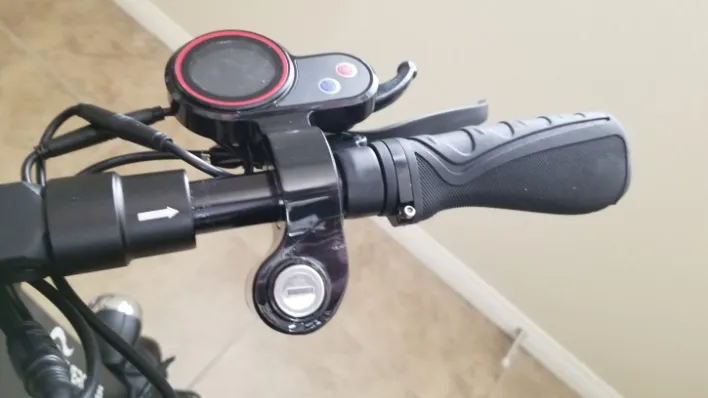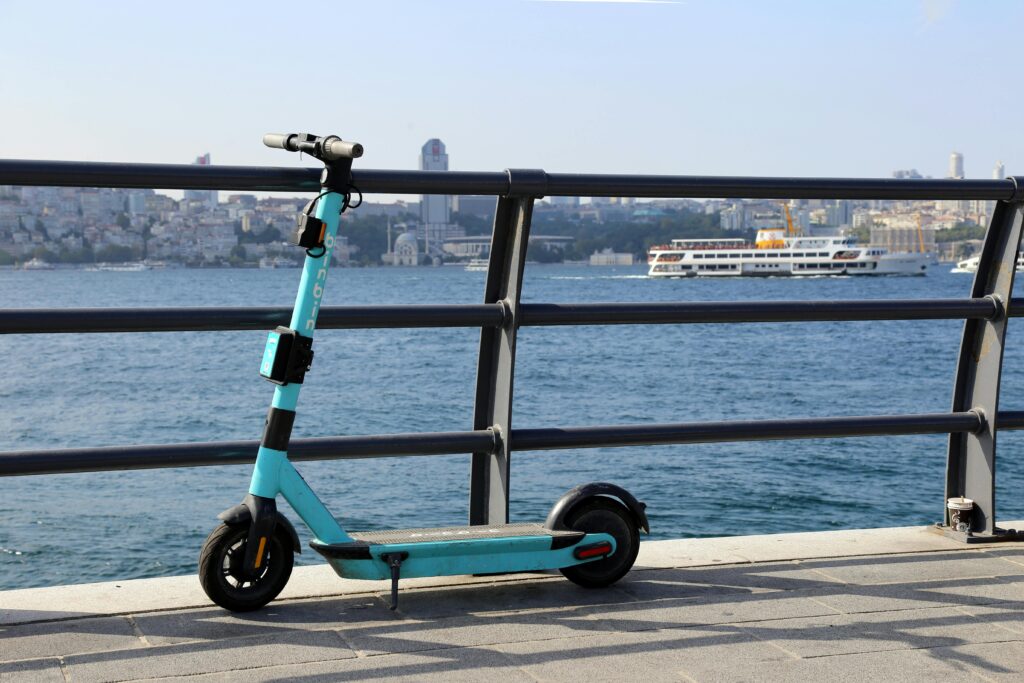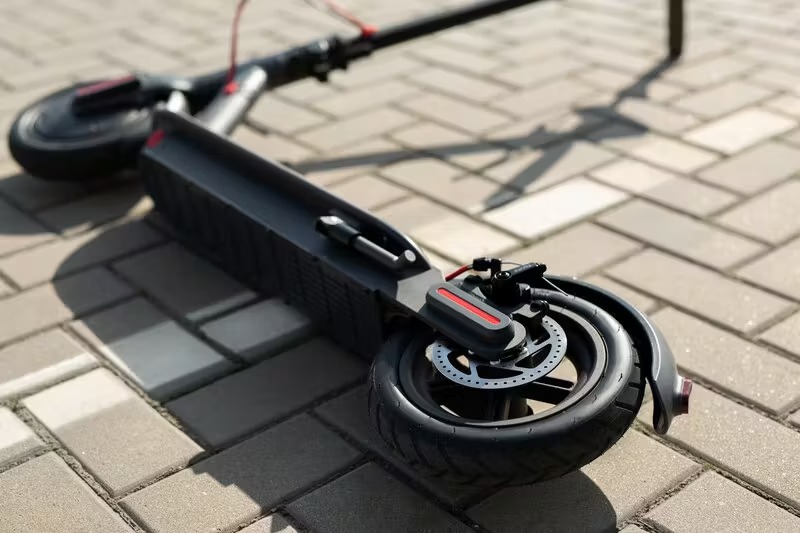Electric scooters are a convenient and eco-friendly way to commute, whether you’re heading to work, school, or enjoying a weekend ride. But even the best scooters can run into issues. From struggling on hills to sudden battery drops, small glitches can turn a smooth ride into a frustrating experience. This guide will help you identify common problems, offer practical solutions, and share expert tips to keep your scooter running efficiently.

Common Electric Scooter Issues
Many electric scooter riders encounter similar problems. Understanding these issues is the first step in fixing them. Here are some of the most frequent challenges:
- Poor hill-climbing performance: Single-motor scooters, like the Segway Ninebot E2 Pro, can struggle on steep inclines. Riders often find themselves losing speed or even stopping completely on hills.
- Battery problems: Reduced range, slow charging, or sudden power drops can indicate battery issues. Over time, batteries naturally lose capacity, especially if they are frequently overcharged or stored improperly.
- Motor underperformance or overheating: Motors can overheat, especially during prolonged hill climbs or heavy loads. This reduces performance and can trigger automatic safety shutdowns.
- Display or connection errors: Dashboard issues, such as flashing error codes or unresponsive displays, are common and can usually be diagnosed with simple checks.
- Tire and brake problems: Flat or worn tires, misaligned brakes, or loose wheels can make rides uncomfortable and unsafe.
If your scooter matches any of these problems, don’t panic—most can be solved with basic troubleshooting and maintenance.
Diagnosing the Problem
Accurate diagnosis is key. Start by checking your battery connections and ensuring the scooter is fully charged. Inspect your tires and brakes for wear, flat spots, or rubbing, and spin the wheels by hand to detect resistance or unusual sounds. Test the motor by riding on both flat and inclined surfaces, noting any drop in acceleration or unusual noises. Many scooters display error codes on the dashboard. Consult the manual or the manufacturer’s website to understand what these codes mean. Asking yourself questions like, “Does my scooter lose power only on hills?” or “Do I hear grinding when braking?” helps target the issue more effectively.

Solving Common Problems
Motor underperformance often occurs in hilly areas or with heavier riders. In such cases, a dual-motor scooter may be necessary. Models like the Circooter Raptor Pro or Ausom L2 Max are designed to handle steep inclines efficiently. Motor overheating can be prevented by allowing the scooter to cool after intense climbs and avoiding continuous full-power riding.
Battery issues can often be resolved with simple maintenance. Avoid overcharging, and store batteries in a cool, dry place. Deep discharges below 20% should be avoided to prolong battery life. If performance continues to decline, replacing the battery may be more cost-effective than buying a new scooter.
Suspension and comfort are often overlooked. Scooters without suspension, such as the Inmotion Climber, work well on smooth roads but transmit every bump to the rider. If you regularly ride on uneven terrain, a scooter with front and rear suspension can dramatically improve comfort and stability.
Tire and brake maintenance is essential for safety. Check tire pressure regularly and replace worn tires. Ensure brakes are correctly aligned and functioning properly, particularly on hills or at higher speeds.
Budget-friendly options can also be effective. Carefully sourced second-hand scooters can offer good value if they are in good condition. Investing in a higher-end model with dual motors, a larger battery, and suspension often saves money and frustration in the long run.
Pro Tips for Smooth Rides
Experienced riders have some insider tips:
Riding mode: Use eco mode for longer commutes, and reserve sport mode for short bursts or hills.
Apps for monitoring: Many scooters have apps that show battery health, motor temperature, and firmware updates. Keep the app handy for troubleshooting.
Adjust your load: Heavy backpacks reduce performance. Distribute weight evenly to avoid overworking the motor.
Protect your battery: Avoid deep discharges below 20% whenever possible. Partial charges extend battery life.
Questions for Riders
We love hearing from our readers. Think about the toughest hill your scooter has conquered or the DIY fixes that worked for you. Which scooters perform best for heavy riders or steep terrain in your experience? Sharing your insights helps others make informed choices and avoid common mistakes.
Final Thoughts
Troubleshooting an electric scooter doesn’t have to be overwhelming. By understanding the most common issues, diagnosing problems carefully, and applying practical solutions, riders can maintain smooth, safe, and enjoyable rides. Even scooters that struggle uphill or lose power aren’t necessarily broken—they may just need more torque, better battery care, or a model upgrade. Following these tips and learning from other riders’ experiences ensures you get the most out of your scooter, whether you’re commuting, exploring, or simply enjoying a casual ride.
Electric scooters are a fantastic tool for modern transportation. With proper maintenance, troubleshooting knowledge, and the right equipment, you can enjoy a ride that’s efficient, safe, and fun, every time.

